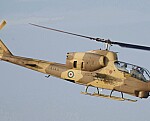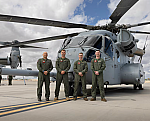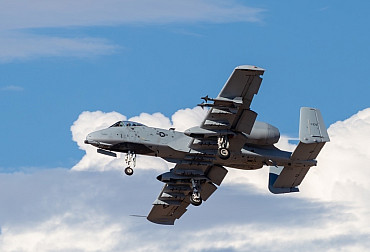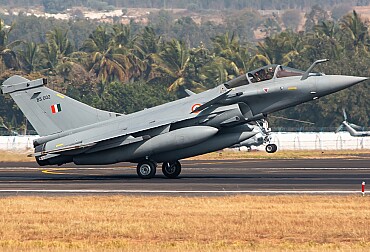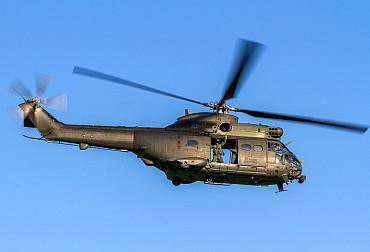Iranian Shahed-136 Drones: Putin's V-Weapon in the Ukraine Conflict
In the ongoing conflict in Ukraine, a new element has emerged, reshaping the dynamics of warfare: the Iranian Shahed-136 drones, now a critical component of Russia's military strategy. These drones, which have been actively used since September 2022, are not just tools of warfare but instruments of terror, primarily targeting Ukrainian cities and civilian morale.
The Arrival of Shahed Drones in Ukraine
Since early September 2022, the Russian army has been deploying the Shahed-131 and 136 drones, also known as loitering ammunition, with a significant range of 2,500 kilometers. These drones have been predominantly used in urban areas, including Kiev, Lviv, Ternopil, Jytomyr, Dnipro, Kremetchouk, Zaporijia, and Kharkiv. The Odessa region, known for its vital port infrastructure, has faced almost daily assaults by these drones.
Despite their menacing presence, many Shahed drones have been intercepted and destroyed by Ukrainian defenses, notably through the effective use of Gepard anti-aircraft armored vehicles supplied by Germany.
Tactical Shift and Condemnation
Initially, Russia employed these drones in the Kharkiv region to counter Ukrainian military advances, targeting artillery and tanks. However, their use quickly escalated to include attacks on civilian infrastructure, as seen in the destruction of an administrative building in Odessa on September 25, 2022. The British Ministry of Defence highlighted the destruction of a Shahed-136 near Kupiansk, underscoring its kamikaze nature.
The Ukrainian Presidency, through spokesman Sergei Nikiforov, condemned the use of these drones, citing them as a violation of sovereignty and a threat to civilian life. In response, Ukraine significantly reduced Iran's diplomatic presence and withdrew the accreditation of the Iranian ambassador.
Strategic Implications and NATO's View
Jens Stoltenberg, Secretary General of NATO, previously referred to the Shahed drones as both Putin's "secret weapons" and a "sign of his weakness." Their increasing use indicates a strategic shift for Russia, offering a cost-effective alternative to expensive cruise missiles. The Shahed-136, manufactured by HESA, is a delta-wing drone, equipped with explosives and precision optics, capable of being launched in salvos from trucks.
Link to Global Conflicts and Technological Insights
Interestingly, these drones bear resemblance to those used by Houthi rebels in Yemen and in various other regional conflicts. A Ukrainian Military Intelligence report revealed that the Shahed-136/Geran-2 contains components from Western companies, alongside modifications like a new servomotor and a Russian-made satellite antenna for GLONASS compatibility.
_05.jpg)
Future Developments and Challenges
Recent developments suggest the introduction of a micro-turbojet engine, potentially increasing speed but reducing range and stealth capabilities. The adaptability of these drones, including potential Russian modifications for mass production, poses a continuing challenge in the conflict.
As the situation in Ukraine evolves, the role of these Iranian drones underscores the complex interplay of international military technology and regional conflict dynamics.
Source: Zone Militaire, Watson



